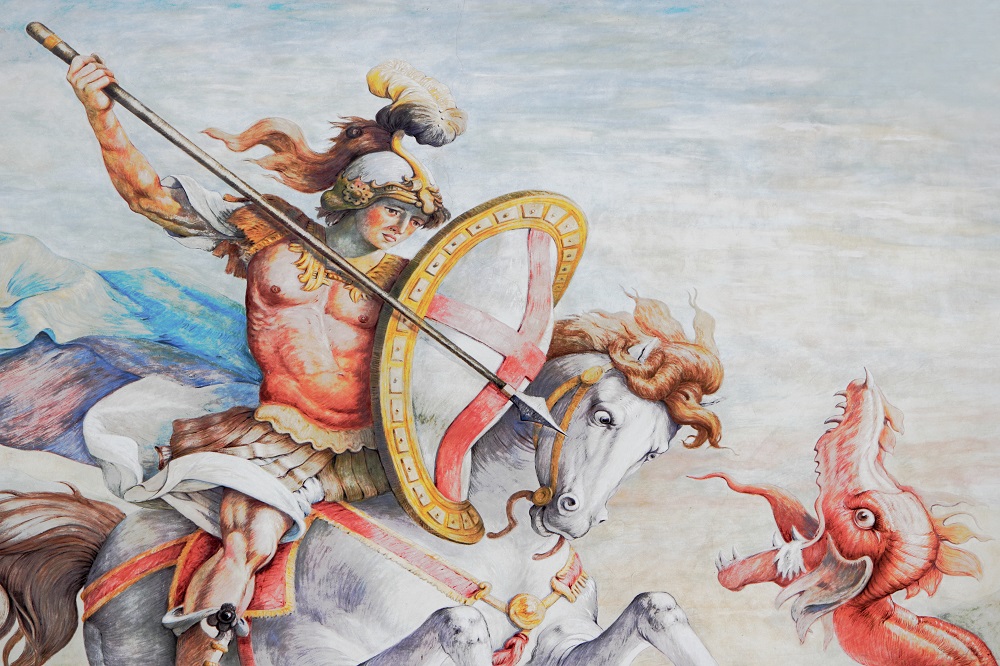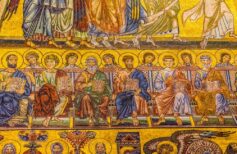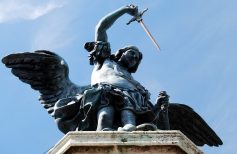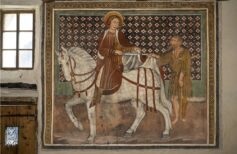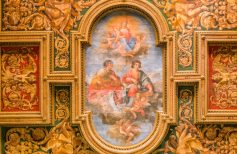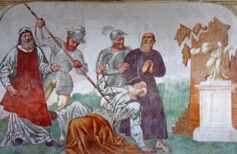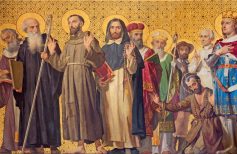The legend of Saint George and the dragon has become over time a parable of the struggle between good and evil. But who really was Saint George, the holy warrior?
Saint George and the dragon. It looks like the title of a fairy tale. In fact, tradition tells us the story of a Christian martyr, brave soldier, and brave warrior, who came to become one of the bodyguards of the emperor Diocletian. His ancient cult developed in the fourth century and spread throughout Christianity. The Islamists gave him the title of Prophet. What does the dragon have to do with it?
History of San Giorgio
To understand the evolution of the figure of Saint George we must consider that he lived in a very remote era. According to the Passio sancti Georgii, an ancient codex dating back to the thirteenth century decorated with suggestive miniatures, George was born around 280 A.D. in Cappadocia, in present-day Turkey, to a Persian father and a Cappadocian mother. His parents educated him in the Christian religion, but George also grew up learning the art of war, so much so that, once he grew up and moved to Palestine, he enlisted in the army of Emperor Diocletian. He was able to prove himself to the point of becoming one of the Emperor’s bodyguards, but when the Emperor began a fierce persecution of Christians, George was also a victim.
Martyrdom of Saint George
At first, Diocletian, who was fond of the young man and appreciated his warrior skills, tried to convince him to embrace paganism, to sacrifice offerings to the gods, and tempted him with gifts and promises of power. Saint George refused to renounce his faith before the emperor himself, and for this, he was imprisoned, beaten and tortured in every way. While he was a prisoner, God foretold him that he would suffer six years of torment and that he would die three times, three times resurrected. So it happened: George was cut in two with a wheel full of nails and swords, but resurrected, leading to the conversion of the magister militum (commander of the soldiers) Anatolius and all his garrison. Later, with the sole power of his breath, he demolished all the statues of a pagan temple, and thus obtained the conversion of Empress Alexandra. While around him the persecutions against the Christians became increasingly cruel and extensive, George was again condemned to death by the emperor Diocletian. This time he suffered martyrdom by beheading, not before guaranteeing protection to those who had honoured his relics.
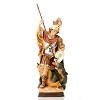
The dragon
The legend of Saint George and the dragon is told in the Legenda Aurea, the collection of hagiographic biographies composed by Jacopo da Varazze, bishop of Genoa, in medieval times. According to legend, in the city of Salem, Libya, there was a pond inhabited by a huge hungry dragon. The inhabitants of the region tried to appease him by offering him sheep and goats, but at a certain point the cattle were no longer enough and the dragon claimed human beings as an offering. The people of the place began to make a macabre draw among their children, choosing in this way who should be sacrificed to the insatiable hunger of the dragon. When Princess Silene, the daughter of the local king, was also drawn, Saint George appeared at the gates of the city. He proclaimed that God had sent him to defeat the monster, provided that all the inhabitants of Salem accepted faith in Christ. The king and all his subjects agreed to be baptized, and so Saint George confronted the dragon, reduced him to meekness, and had the princess lead him to the city, bound with a simple belt. At the sight of the miracle, all converted and the dragon was killed.
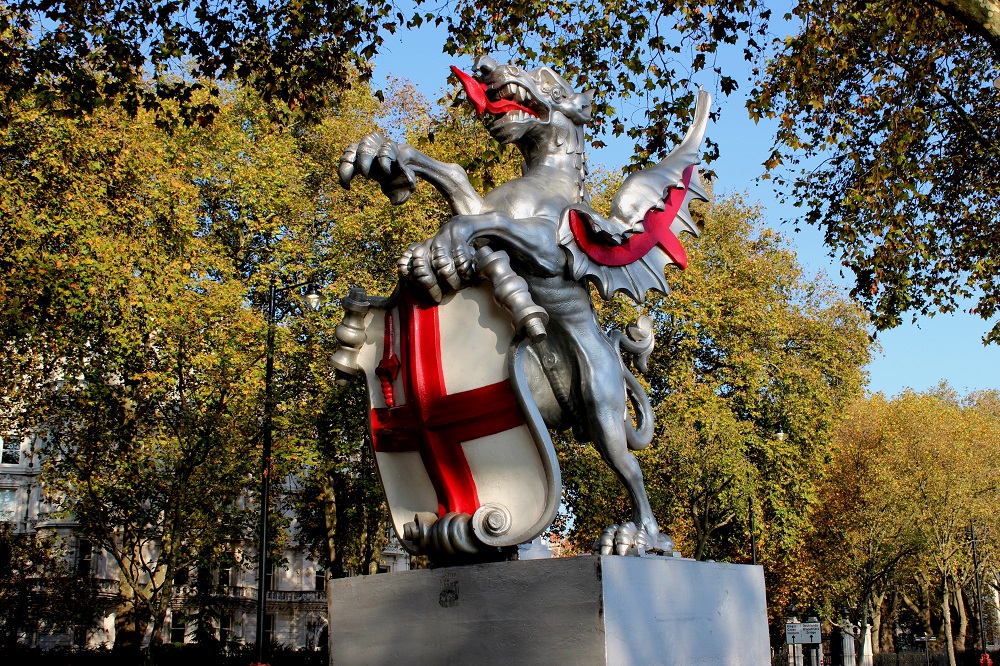
Spread especially in medieval times, this story inspired many artists, from Paolo Uccello to Donatello in Kandinsky, who represented in their works Saint George and the dragon, but it was also the inspiration for the birth of numerous orders of chivalry that took the name of the Saint. Richard the Lionheart’s devotion to Saint George made him the patron saint of England.
The legend of Saint George and the dragon represents the struggle of good against evil, and the values of Christianity against chaos and barbarism. In this sense, it was taken as an emblem of the ideals of the nascent cavalry.
The Cross of Saint George is a red cross on a white field. Used by the Genoese since the end of the sixth century, it became the official banner of the Republic of Genoa, but it was also used by the Crusader knights for its strong symbolic value and then imprinted on the flags of many nations.
St. George’s Day
St. George is venerated in many Italian municipalities. In Reggio Calabria, his cult dates back to the early 11th century, where he is venerated as the saviour of Calabria against the Saracens. Saint George is also the patron saint of archers, knights, soldiers, boy scouts, explorers and guides. It has been invoked since ancient times like many other saints against skin diseases, but also plague and venereal diseases.


